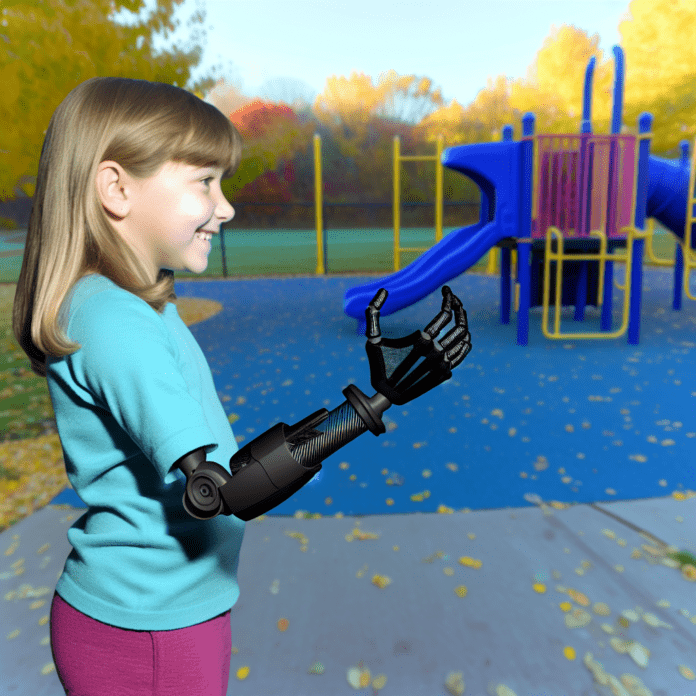3D printing technology is driving a revolution in the world of pediatric prosthetics, enabling affordable, customizable, and rapidly produced limbs that can be tailored to each child’s needs. This transformation is not only empowering young users but also helping nonprofit organizations scale their impact across the globe.
How 3D Printing Is Changing Pediatric Prosthetics
Traditional prosthetic limbs for children are often expensive and time-consuming to produce. Because children outgrow prosthetics quickly, families frequently face the burden of replacing them every few years—or even months. This is where 3D printing steps in as a game-changer. With additive manufacturing, custom prosthetic limbs can be designed, printed, and assembled at a fraction of the cost and time of conventional methods.
Organizations like LimbForge and e-NABLE are leveraging 3D printing to create open-source prosthetic designs that can be downloaded and produced virtually anywhere. These solutions not only reduce costs but also offer design flexibility, allowing for child-friendly aesthetics and functionality that can boost confidence and comfort.
Scaling Access Through Open-Source and Local Manufacturing
One of the strongest advantages of 3D printing is its decentralized production model. Nonprofits and makerspaces around the world can download open-source prosthetic designs and manufacture them locally. This dramatically reduces lead times and shipping costs while fostering local innovation and job creation.
For example, in regions with limited access to traditional prosthetic services, local clinics or volunteer makers can produce prosthetics using consumer-grade 3D printers. This model not only empowers communities but also ensures that children receive devices that fit properly and meet their specific needs.
Moreover, organizations can iterate rapidly on designs, adjusting for growth, comfort, or changes in mobility. This adaptability is particularly important for children, whose needs evolve quickly as they grow.
Technical Advancements in Materials and Design
Recent advancements in 3D printing materials have significantly improved the durability and comfort of printed prosthetics. Flexible filaments, lightweight polymers, and biocompatible materials are now widely available, making it easier to produce limbs that are not only functional but also safe and comfortable for children to wear daily.
Design software has also evolved, allowing for more precise modeling and easy customization. Some systems even use 3D scanning to capture the child’s limb geometry, ensuring a perfect fit. These tools have lowered the barrier to entry for prosthetic design, enabling even small organizations to produce professional-grade devices.
Real-World Impact and Future Outlook
Across the globe, children are regaining mobility and confidence thanks to 3D printed prosthetics. From colorful superhero-themed arms to practical daily-use limbs, these devices are changing lives. And because they are affordable and replaceable, children can receive new prosthetics as they grow, without the financial strain that traditionally comes with such care.
Looking ahead, the integration of sensors, robotics, and smart materials into 3D printed prosthetics holds the potential to deliver even greater functionality. While these innovations are still in development, the foundation laid by current 3D printing technology ensures that pediatric prosthetics will continue to become more accessible and advanced.
As more organizations adopt this technology and share their designs, the scalability of impact will only grow. What began as a grassroots movement is now becoming a global solution to one of pediatric healthcare’s most persistent challenges.
Source: 3DPrint.com

